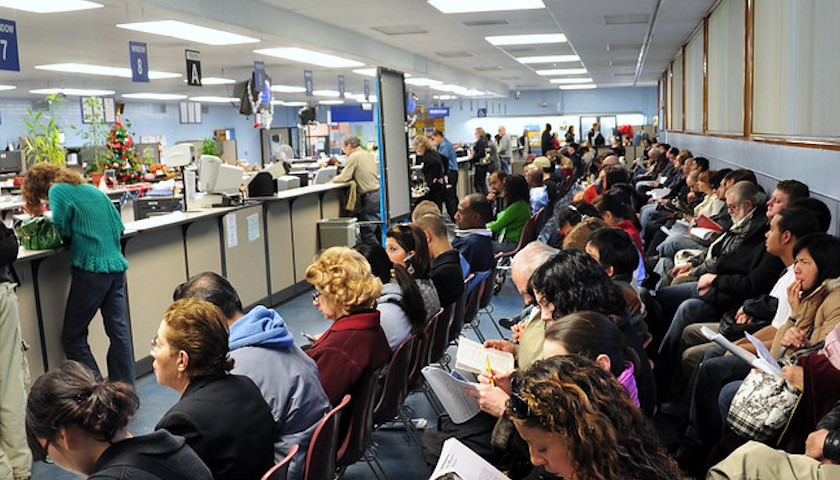by John Hugh DeMastri
Nearly three quarters of economists believe a global recession is at least somewhat likely to occur by the end of 2023, according to a survey released Wednesday by the World Economic Forum (WEF).
Roughly 70% of economists surveyed by the international lobbying group predict that the wave of interest rate hikes and tighter monetary policy that has swept the U.S. and E.U. in an attempt to combat inflation is unlikely to abate, echoing predictions from major financial analyst, Goldman Sachs. Fully 80% of respondents believed that real wages would decline in high-income countries with nearly 90% anticipating real wages declining in low-income countries.
 “The cost [of tighter monetary policy] is likely to be a significantly sharper fall-off in growth rates than might otherwise have been the case, as well as significant financial strains in lower-income countries,” the WEF report reads. “[E]specially those that rely on imports of energy and food and those with large debt servicing costs, as rising rates in the US tend to draw financial flows into US dollar assets”
“The cost [of tighter monetary policy] is likely to be a significantly sharper fall-off in growth rates than might otherwise have been the case, as well as significant financial strains in lower-income countries,” the WEF report reads. “[E]specially those that rely on imports of energy and food and those with large debt servicing costs, as rising rates in the US tend to draw financial flows into US dollar assets”
The final GDP revision for Q2 was -0.6%, confirming a contraction in the US economy for two quarters.
For many, this is the technical definition of a recession.
— unusual_whales (@unusual_whales) September 29, 2022
The report preceded a second round of confirmations that the U.S. economy shrunk for the first two quarters of 2022, according to updated Gross Domestic Product (GDP) estimates from the Bureau of Economic Analysis (BEA) released Thursday morning. While the updated GDP numbers were unchanged from August, the final confirmation makes it more likely that the government will declare a recession if the slowdown continues as expected, according to Forbes.
“We do not think the economy is in recession at present, but if our forecast is correct, this is not so much of a head fake as it is a harbinger of worse to come,” said Wells Fargo senior economist Tim Quinlan to Forbes. “We expect the loud wailing of an actual recession to begin early next year.”
In contrast, real Gross Domestic Income (GDI), was revised significantly down for the first half of 2022, almost completely wiping out the growth in the second quarter that was previously reported. Second-quarter GDI showed almost no growth, after being revised down Thursday to 0.1% from 1.4% in August, with first-quarter GDI showing significantly weaker growth, falling to 0.8% from 1.8%.
Damage to the GDP following the pandemic in early 2020 was also found to be slightly less severe than previously reported, while the economic recovery following was slightly more robust, according to the BEA report.
“The revisions to G.D.P. in 2020 and 2021 are meaningful,” said economics reporter Ben Casselman of The New York Times on Twitter Thursday. “They imply real G.D.P. had returned all the way to its prepandemic trend at the end of 2021, before the weakness in the first half of 2022 knocked it back down.”
– – –
John Hugh DeMastri is a reporter at Daily Caller News Foundation.
Photo “Long line” by Gabriel White. CC BY-SA 2.0.





